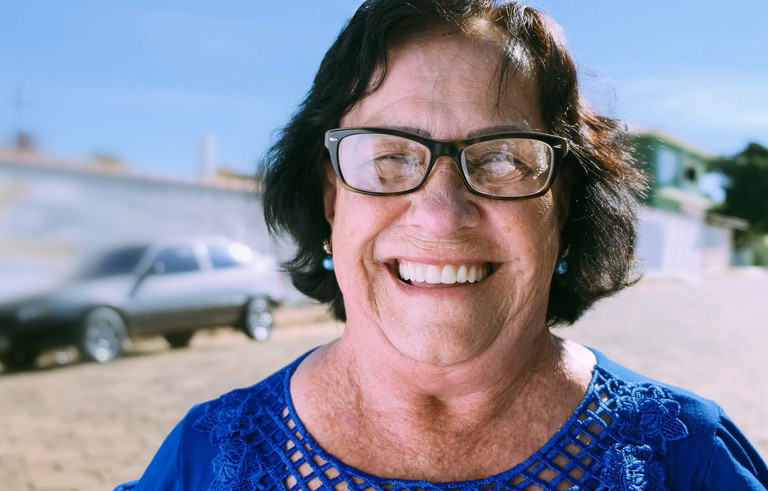mieyecare

Vision Change
Helping Patients Adapt
Seeway – a free service established by Guide Dogs – is helping bridge the gap between clinical care and lifestyle adaptation for patients in Australia facing permanent vision changes.
For many patients, vision loss begins with something seemingly insignificant but leads to a process of adaptation that presents emotional, social, and practical challenges throughout life.
For Suzi Leigh,* a patient of Sydney ophthalmologist Professor Andrew Chang, the first signs of change appeared in the early 1990s with what looked like mist on her bathroom mirror or perhaps a dirty contact lens.
“I took it out, cleaned it with solution, and put it back in,” she recalled. “But I realised I still couldn’t see clearly.”
What Ms Leigh was experiencing was the early signs of macular degeneration.
Prof Chang said he observes this scenario frequently in his practice. “As a retina specialist, I treat patients with conditions such as macular degeneration and diabetic retinopathy,” he explained. “We have wonderful treatments now, but even after we’ve done everything medically, many people are left with permanent loss of vision. And with this comes much uncertainty.”
Sydney Retina Clinic and Day Surgery General Manager, Frances Rede, said caring for patients is “not just about the eye condition”.
“People need space to process what’s happening to them, and support in adapting their daily lives. That lifestyle side is just as important as the clinical care.”
NOT KNOWING WHAT YOU NEED
For Ms Leigh, one of the hardest parts early on was the uncertainty. “A lot of people offered to help and asked me what I needed,” she said. “But I didn’t know what I needed. I didn’t have an answer for them.”
Over time, she found that the most valuable support wasn’t someone doing things for her, but people helping her find ways to keep doing things herself. “For me, my family and friends are really important. Staying connected meant learning new skills – even something as simple as using FaceTime. It took me a while to feel comfortable with that, but it’s made a huge difference.”
Ms Leigh’s reflections highlight a common theme for many people adjusting to permanent vision loss: the importance of emotional processing and lifestyle support. Medical treatment is only part of the picture, being able to talk through the changes, learn new strategies, and maintain or regain confidence in everyday life is what helps people keep their independence and sense of self.
MOVING TOWARD ADJUSTMENT AND ADAPTATION
According to SeeWay, coming to terms with permanent changes in vision isn’t a single moment – for many people, it’s a process that unfolds over time. It can involve:
Emotional acceptance: allowing space for feelings of grief, frustration, or uncertainty, and finding ways to process them.
Practical adaptation: making small changes at home and in daily routines, like using stronger lighting, larger print, or organising spaces more intentionally.
Social connection: staying engaged with friends, family, and community, even if the way you connect looks a little different.
Digital confidence: learning new technologies, from accessibility features on smartphones to video calls, so you don’t feel left behind.
Future planning: understanding what supports are available and how to prepare for changes ahead.
Everyone moves through these steps in their own way and at their own pace. There’s no ‘right time’ or order – what matters is finding strategies that fit each individual to stay confident and connected.
SeeWay is able to assist patients with all of these things – from emotional support to practical strategies and digital confidence.
Visit: SeeWay.com.au.
*Patient name changed for anonymity.